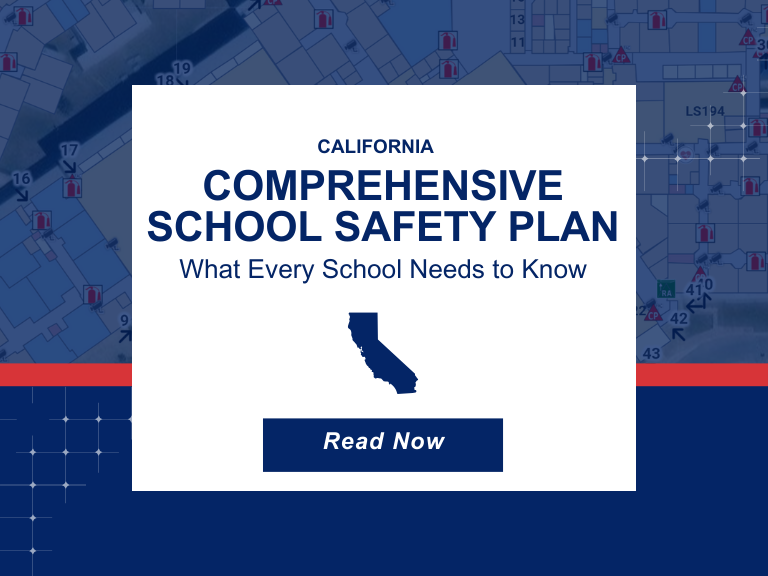GIS Resources
GeoComm Appoints TJ Kennedy as CEO to Lead Next Chapter in Public Safety Innovation
St. Cloud, MN – October 22, 2025 – GeoComm, today announced new executive leadership to accelerate its transformation as the nation’s most trusted provider of public safety GIS and indoor mapping. TJ Kennedy has been named Chief Executive Officer bringing decades of expertise to advance GeoComm’s mission of delivering life-saving location intelligence for first responders,…
3 Ways to Make Sure Your District is Ready for School Safety Mapping Funding
School safety mapping funding is becoming a critical resource for districts working to strengthen emergency preparedness. But when opportunities open, schools often have limited time to apply and competition is high. By preparing ahead of time, your district can be ready to act quickly and increase the chances of securing this vital funding. Why School…
Comprehensive School Safety Plan California: What Every School Needs to Know
School safety is one of the most important responsibilities of California educators and administrators. From natural disasters to campus threats, every school must be ready to protect students and staff. That’s why the Comprehensive School Safety Plan California (CSSP) requirement exists. Every public K–12 school in the state must have a CSSP that is updated…






